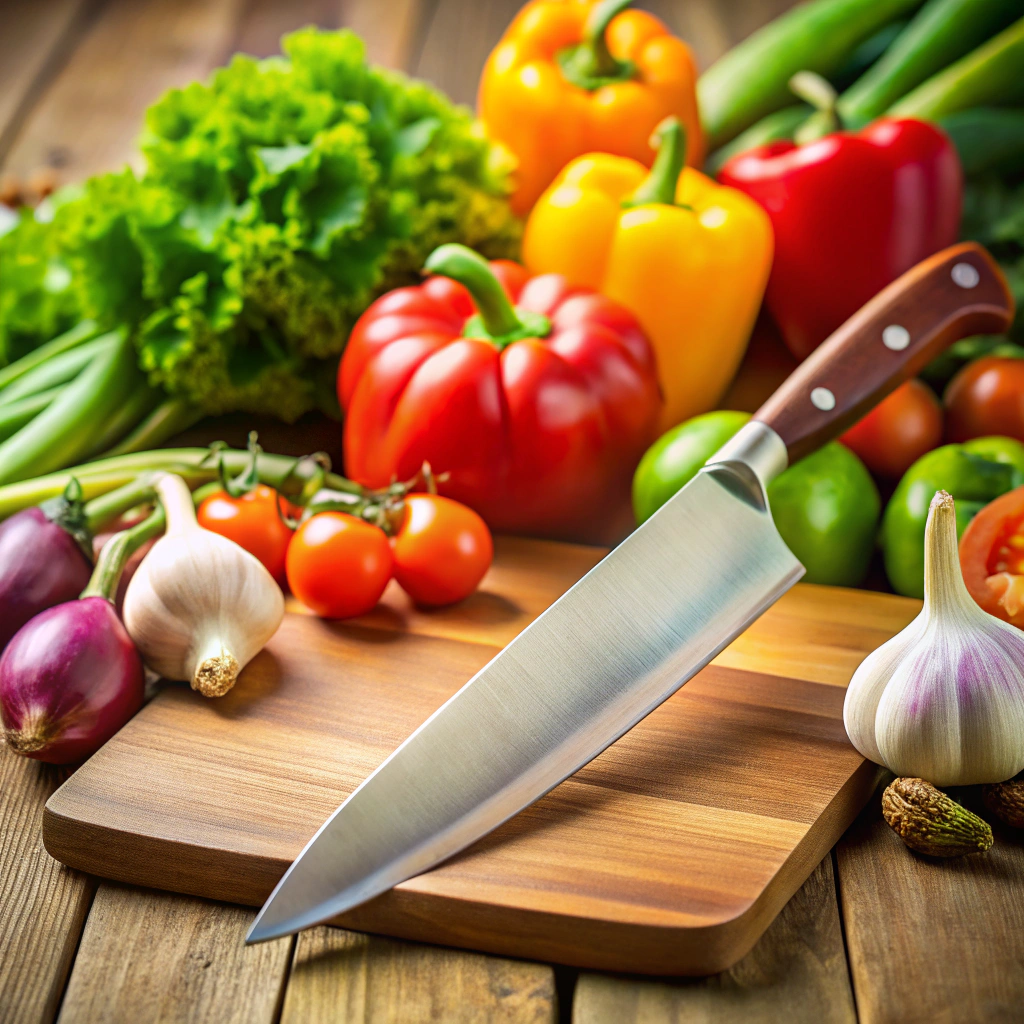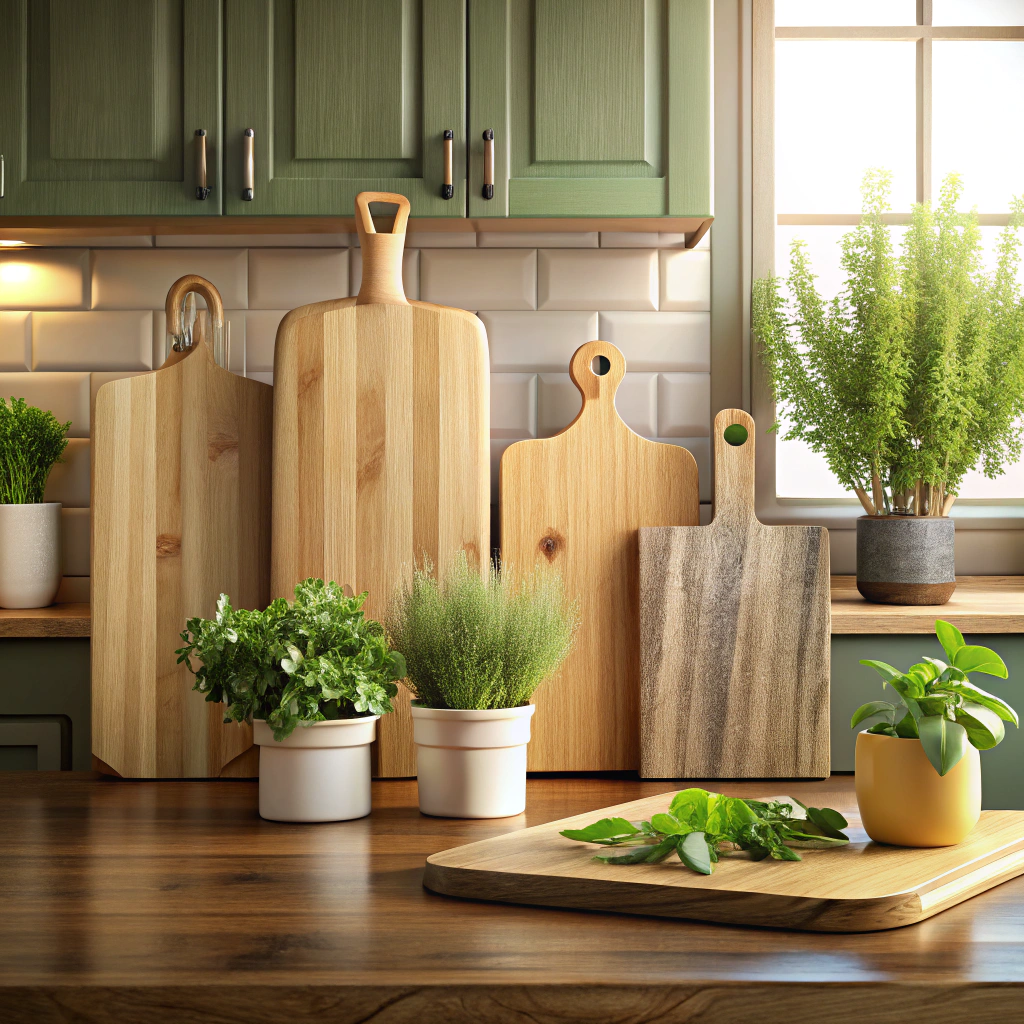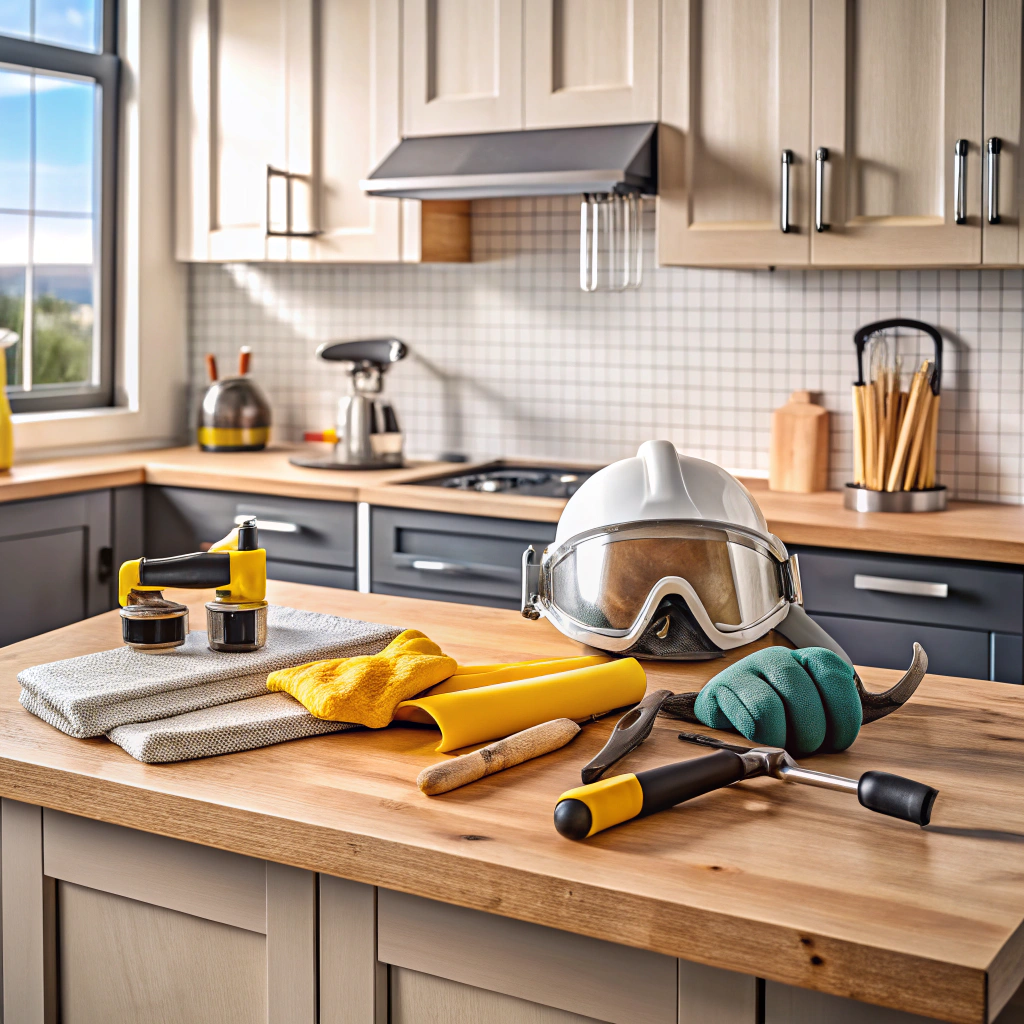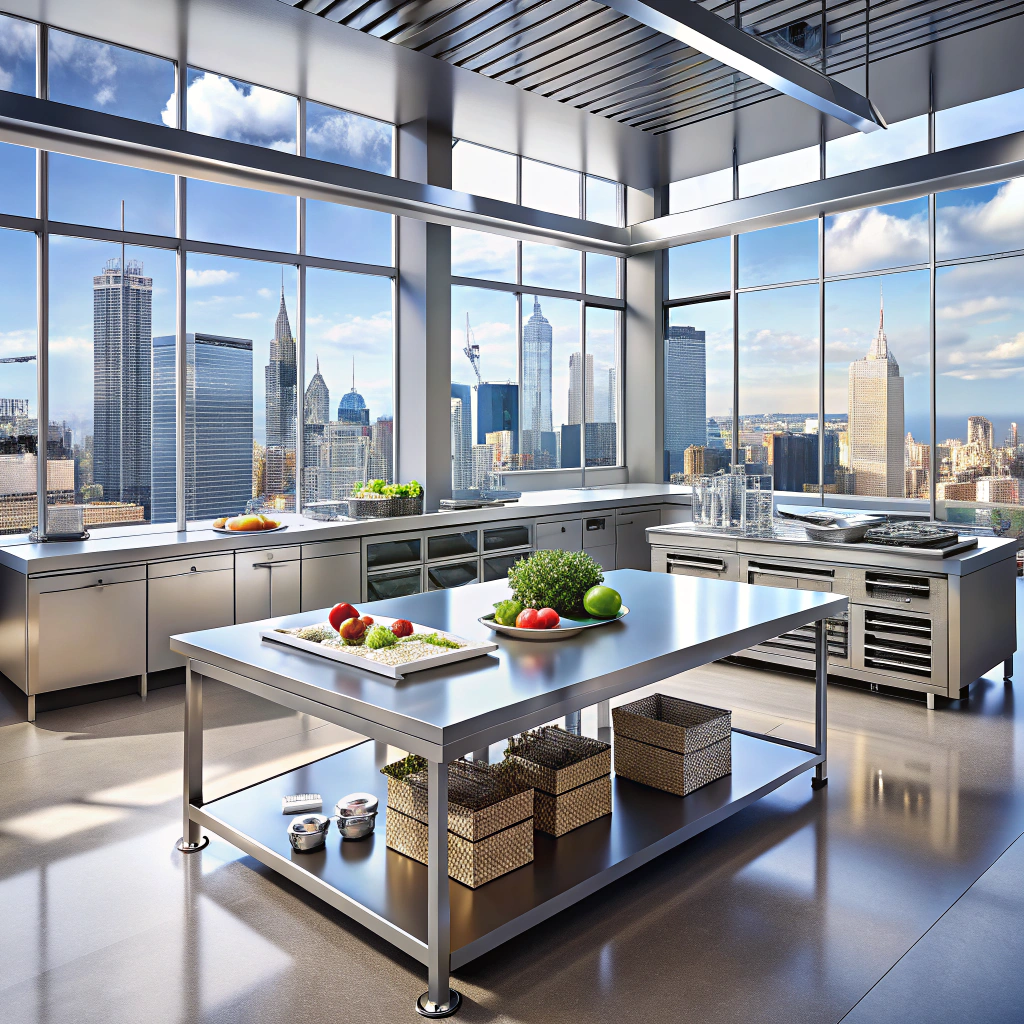Last updated on
Learn what kitchen paper is, how it absorbs spills and grease like a pro, and why it should be your kitchen’s best buddy.
Feeling puzzled by that unassuming roll of kitchen paper hanging out on the countertop? You’re in the right place. We’ll unravel the absorbing mystery of kitchen paper, from its superhero-like ability to swoop in and tackle any spill to its eco-friendliness and minor addiction to sitting pretty in your kitchen. Dive deeper for all the juicy details: from materials to myths, we’ve got you (and your kitchen) covered!
Key takeaways:
- Kitchen paper is absorbent, tackling spills easily.
- Made from wood pulp or recycled materials.
- Ideal for drying, soaking, and covering food.
- Eco-friendly options help reduce environmental impact.
- Kitchen paper myths often mislead about safety and quality.
What's Inside
Definition and Purpose
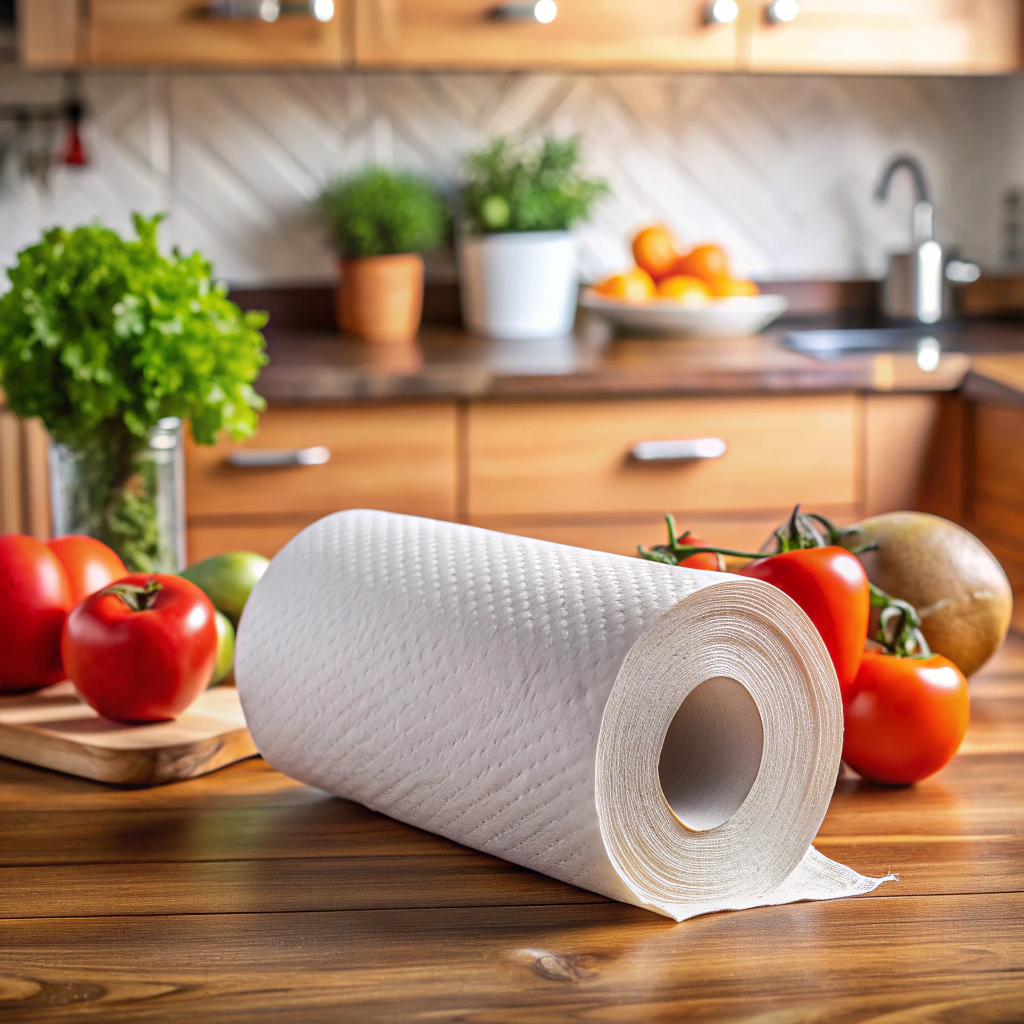
Think of a superhero in the kitchen that wipes away spills with ease; that’s what we’re talking about here. It’s often made from virgin or recycled paper pulp, which is compressed and embossed to enhance absorbency.
Its primary role in the kitchen is to be an absorbent helper. It quickly soaks up liquids, making it perfect for cleaning up after cooking disasters or tiny waterfalls from overfilled coffee mugs. Talk about a quick-dry spell for spills!
Beyond cleaning, it’s the ultimate multi-tasker. From absorbing oil off empanadas to wrapping leafy greens to keep them fresh, it’s the Swiss Army knife of paper goods. Ever tried separating bacon slices without those magic sheets? Not as fun, I assure you. So next time you’re in the kitchen, consider what you’re reaching for—it might just be your trusty sidekick.
Materials Used in Manufacturing
Kitchen paper typically starts its life as wood pulp or recycled paper. Baby trees are not harmed in this scenario; it’s more of a pulp spa day. This pulp is transformed into paper sheets through a process involving water, pressure, and a bit of kitchen magic.
Next, those paper sheets meet their match with binders. These are glue-like substances that ensure durability. You don’t want disintegration mid-sop, now do you? Yet fear not; these binders are as safe as an unopened jar of pickles.
Moreover, the sheets undergo a texturing process, creating those familiar patterns—think quilted, embossed, or the discreet polka dots that require a magnifying glass to appreciate. These designs aren’t just for aesthetics; they help with absorption, like little sponges on caffeine.
Sometimes, a touch of perfume or color is added, but remember, your nose is the judge here. Choose wisely unless you want your kitchen smelling like a field of overachieving daisies.
Common Uses in the Kitchen
Wiping up spills is a kitchen paper classic. From your morning OJ mishap to that rebel spaghetti sauce splash, it’s like the superhero swooping in to save the day.
Drying off washed fruits and veggies without soggy towels is another brilliant move. Why turn your kitchen into a drip-fest when you can just grab some paper?
If you need to soak up grease from bacon or fried chicken like it’s a delicious sponge, kitchen paper is great. Allow those arteries to breathe a little bit easier.
Lining plates for fried food can minimize the oil-pool situation. Yes, your food can enjoy a leisurely rest without turning your dish into a slip and slide.
And when it comes to covering dishes in the microwave, stopping that tomato sauce explosion, it’s a total pro. Keep your microwave walls free from abstract condiment art.
In short, kitchen paper is like your helpful friend who just knows what to do in a sticky situation. Quite literally.
Comparison to Other Kitchen Materials (e.g., Towels)
When sizing up kitchen paper against other materials, a few things stand out. First, kitchen paper is your quick-draw cowboy; it’s disposable, so no dirty-laundry pile-up. Unlike towels that need to join the weekly wash rodeo, kitchen paper is a one-time hero.
Absorbency is a battleground. Kitchen paper typically wins when dealing with smaller spills or greasy fryers, absorbing better than tea towels, which tend to smear things around like a toddler with finger paint.
But towels have their turf too. They’re reusable and durable, ready for heavy-duty drying tasks like sopping up a pot’s worth of spaghetti water or shining that crystal wineglass to perfection. Not to mention, they double as makeshift oven mitts when desperation calls.
Cost-wise, paper is an ongoing investment, while a couple of good towels can last ages. But hey, when you spill red wine all over your white dinner table cover, you want something disposable, quick, and guilt-free, right?
Towels are perfect partners for eco-conscious chefs, reducing waste and adding a touch of flair with their colorful designs. Kitchen paper, however, is the unsung hero of messes too icky for reuse. Both have their moments to shine, like a culinary version of Batman and Alfred—different but indispensable.
Absorbency Properties
Not all kitchen paper is created equal; think of them like superheroes with varying powers. Some wield mighty absorbency, while others are more like sidekicks. The good ones can soak up the messiest of spills in a single swipe.
Achieving high absorbency usually involves a combination of thickness and the type of pulp used. Multiple layers? Yes, please. They’re like the overachievers in class, always ready to soak up extra awards (or liquids). And then there’s the embossed pattern—a seemingly trivial detail that actually turbocharges their performance by channeling liquid efficiently.
It’s a towel’s job to catch more drips than a gossipy neighbor. In short, the right kitchen paper can save the day, turning a potential slip and slide into mere history.
Environmental Impact and Biodegradability
Ah, the conundrum of staying clean while staying green. Kitchen paper does have an environmental footprint, but it’s not all doom and gloom.
First, many brands now offer eco-friendly options made from recycled materials. These are a win-win; they do the job and cut down on waste.
Second, biodegradability is key. Most kitchen paper will eventually break down, but lesser-quality paper might take longer due to additives that make the paper strong and soft.
Tree-killing guilt getting to you? Bamboo or sugarcane-based products are in the market as sustainable alternatives. They grow fast and don’t scar the Earth like traditional logging.
Recycling is another option to consider. If they’re contamination-free, some kitchen papers can join the recycling pile. Check local guidelines to be sure.
Lastly, being sparing is caring. Using fewer sheets per spill means fewer trees felled. It’s an eco-swipe!
Tips for Choosing Quality Kitchen Paper
Finding the right kitchen paper is key, just like finding the right pair of socks. It should be soft, durable, and never let you down.
First, feel the texture. Good kitchen paper should have a balance of smoothness and grip. Too smooth, and it won’t pick up spills; too grippy, and it might tear like a bad romance novel.
Next, perform the absorbency test. A single sheet should handle small spills without turning into a soggy mess. If it waves the white flag at the sight of your morning coffee, keep looking.
Consider ply count. More plies mean more durability, like a superhero with a cape and a sidekick. Single-ply is like the superhero on vacation—do yourself a favor and choose two-ply or more.
Don’t forget eco-friendly options. They’re like kitchen paper for tree huggers, leaving a smaller footprint and a cleaner conscience. Just make sure they can still hold up to the job.
Finally, try the wet strength test. Wet a small corner and pull. If it shreds like confetti, congratulate it on its new job as party decorations. You need something sturdier.
Finding quality kitchen paper is all about balance. Choose wisely, and your kitchen adventures will always have a happy ending, except when the milk hits the floor, of course.
Storage and Disposal
Finding the perfect spot in your kitchen for paper towels is key. Keep them in a dry area to avoid sogginess—no one likes damp paper pretending to be a towel. If you’re feeling fancy, a paper towel holder can add a touch of elegance and save you from a game of ‘where-on-earth-did-the-paper-towel-roll-go’ every time you need one.
Now, about disposal. Remember, kitchen paper doesn’t possess superhero recycling powers like some other paper products. Compost them if they haven’t soaked up anything too gnarly, like grease or cleaning chemicals. Otherwise, straight to the trash they go.
And no, they don’t double as a parachute for your cat’s action figure collection, so let’s keep the adventurous testing to a minimum.
Fun Hacks and Alternative Uses
You know, life is too short for kitchen paper to only live a one-dimensional existence. It’s time to set those sheets free.
Picture-perfect Pancakes: Place a sheet on the griddle before cooking pancakes. They’ll come out less greasy, and you’ll channel an inner chef on a cable TV show.
Keep Greens Crispy: Cradle your leafy greens in a couple of sheets before popping them in the fridge. They absorb excess moisture and halt the dreaded limp salad effect.
Teabag Triage: Accidentally ripped a teabag? Wrap that loose leaf mess in a small piece of kitchen paper. Propel your inner tea artist and sip away, free of chaos.
DIY Deodorizer: Place a sheet in smelly shoes overnight. Just call it Ode de Kitchen Paper.
Emergency Tissues: Out of tissues? Kitchen paper earned its place in the tissue hierarchy. Just resist the temptation to honk like a goose.
Corkscrew Replacement: Got wine but no opener? Twist a piece into a tight rope, push the cork into the bottle, and voila, cheers to innovation! Just mind the splash.
These hacks give kitchen paper its well-deserved day in the sun. And who knew your sheets craved the limelight?
Common Myths and Misconceptions
Hold onto your spatulas, folks! Let’s bust some kitchen paper myths wide open so you don’t have to find out the hard way that not everything you hear about this wonder material is true.
First off, some suspect that colored kitchen paper is more toxic than its plain cousin. In reality, both options must meet safety regulations—no paper should marinate your potato salad in toxins.
Contrary to popular belief, using kitchen paper isn’t a discounted ticket to deforestation land. Many modern brands come from sustainable sources or are made from recycled materials. Your conscience—and your countertop—can stay clean.
Now, onto the durability debate. While some claim kitchen paper can replace towels in all scenarios, one slip on a grease puddle might tell a different story. They’re great for absorption, but trust them with your life? Maybe not.
Finally, you might hear that all kitchen paper is the same, so just opt for the cheapest. But when it disintegrates into a soggy mess mid-wipe, you’ll wish you’d spent that extra dollar. Choose wisely!
Rest easy, myth-busters, your kitchen is in good hands. Or at least slightly less soggy ones.

